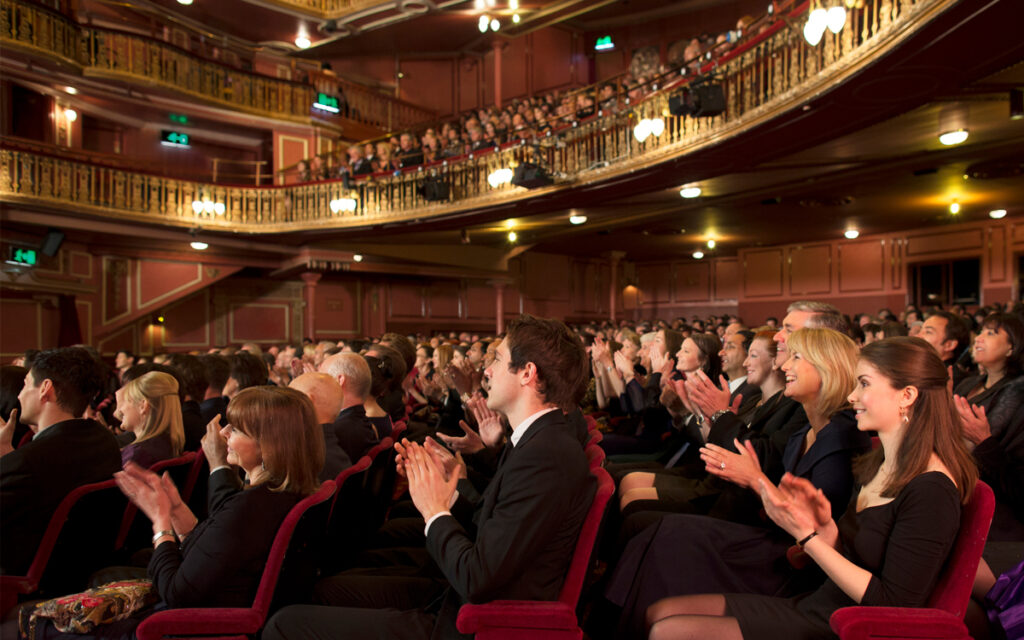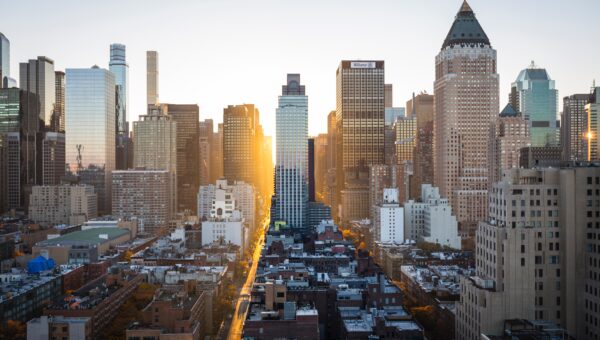
Rebuilding NYC’s Arts and Culture Community to Drive Post-Pandemic Growth

As the world recovers from the Covid pandemic, arts and cultural institutions can play a critical role in New York City’s ongoing recovery. Many feel the New York City arts and cultural scene is coming back, but there is still fallback from the pandemic. For years the best indicator of a show’s health was its advance sales, but now more theatergoers are waiting to buy until the last minute, except for the most popular shows. In addition to this new paradigm for Broadway, there’s a need to build opportunities for artists.
As the world battled the COVID-19 pandemic, few sectors were hit harder than the arts and cultural institutions in New York City. On March 12, 2020, Broadway went dark and theaters, once beacons of light, dimmed their marquee lights for the longest period in their history. Art galleries, museums, music venues, and dance studios faced closures, dwindling resources, and a deeply uncertain future. Many smaller art spaces and performance venues had to close their doors permanently, and countless artists lost their jobs and livelihoods.
Much has changed since the height of the pandemic yet challenges still lie ahead for the creative industry. The financial burden left in the pandemic’s wake is the greatest among these challenges. Before the pandemic, the cultural sector ranked among the largest industries in NYC, employing nearly 293,000 individuals, with $31 billion in wages, and contributing $110 billion to the City’s economic activity. As of 2023, employment in the arts remains 13% below pre-pandemic levels, trailing only behind manufacturing, which has declined by 15%.
There was prior funding allocated to relieve the pandemic’s negative impact, including federal relief money such as the Payroll Protection Program (PPP) and the Shuttered Venues Operating Grant (SVOG). Capalino helped clients navigate these funding opportunities which helped theatres keep many employees on payroll and maintain their operations over more than two years.
In 2023, tremendous credit is due to Mayor Adams, the City Council, and the advocates and organizers who secured $241 million in this year’s budget for the Department of Cultural Affairs, the largest allocation ever for the agency. The Council bolstered this with an additional $40 million at adoption and $44 million to support art enrichment activities for after-school programs, aging New Yorkers, and anti-gun initiatives.
While this financial support is critical for our cultural institutions and for preserving New York’s status as the global cultural epicenter, more must be done to ensure that creative industries can continue living, working, and flourishing in New York.
Two potential avenues for aiding the creative community are revising existing zoning regulations to make it easier for performing art spaces to be created and reassessing the process by which artists qualify for affordable housing. Current zoning regulations, particularly in industrial zones, should not hinder the growth of performing art spaces. Existing zoning regulations should be reexamined to make it easier for cultural institutions to establish themselves in these areas and to facilitate the creation of affordable housing for artists. Moreover, the City should reevaluate the often-burdensome process by which artists can qualify for affordable housing, which currently excludes many deserving individuals and families from obtaining these coveted units.
Mayor Adams’ ambitious “City of Yes” initiative presents a unique opportunity to support the creative class. This comprehensive plan deserves commendation for promoting affordable housing, reducing our carbon footprint, and bolstering small businesses. Such a plan should also recognize the pivotal role that arts and cultural institutions can play in the City’s ongoing recovery. This recognition will not only harness the economic potential of the arts but also encourage artists to reintegrate into the communities where they work, fostering collective resilience and mutual support by allowing them to both reside and work in New York City. COVID-19 undoubtedly upended the arts and culture landscape in New York City, leaving an enduring impact on artists and institutions alike.
Capalino has been at the forefront of these conversations, and we are committed to helping the cultural sector partner with City and State governments in exploring the untapped potential of transforming underutilized areas into new art districts, galleries and performance venues in communities throughout New York. We help clients across industries navigate our post-pandemic world to drive business growth. And by establishing equitable policies to help artists obtain affordable housing, we can ensure artists have a continued presence in New York City, rejuvenating the arts and cultural scene that will surpass pre-pandemic levels, reaching new heights and inspiration.
To learn more about how we can help your business succeeed in New York, contact Matt Green at matt@nullcapalino.com.



